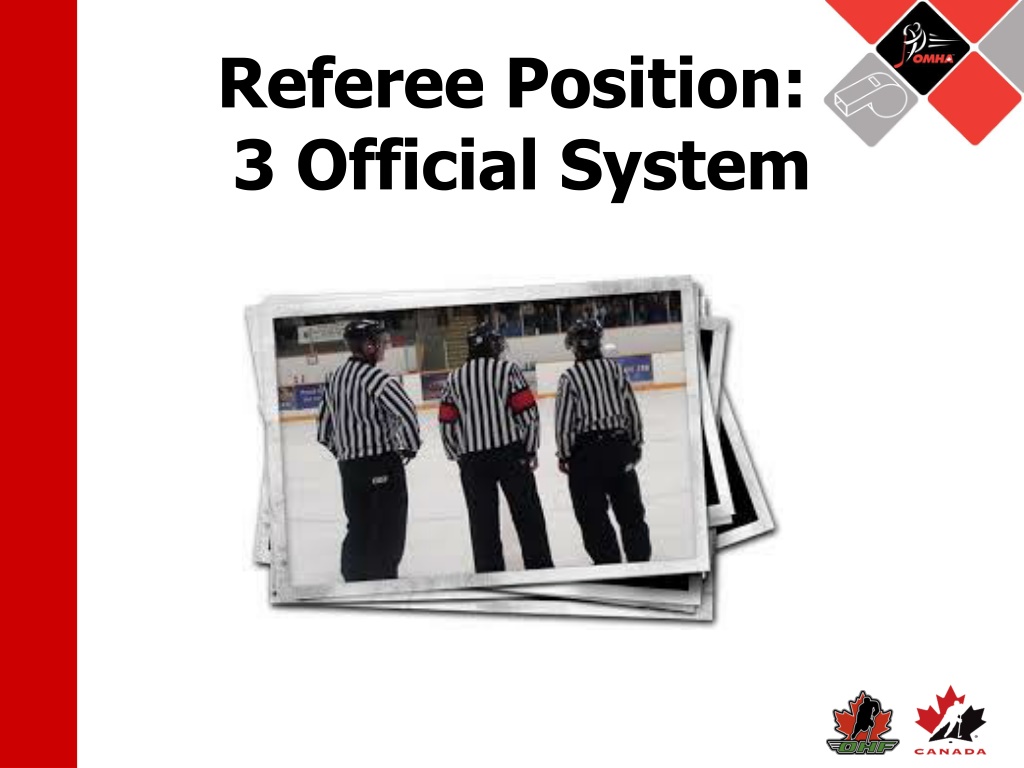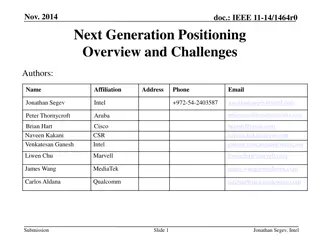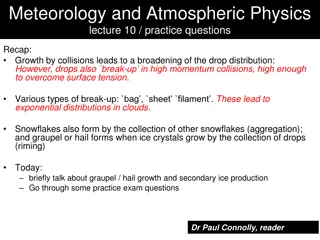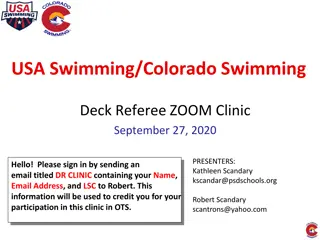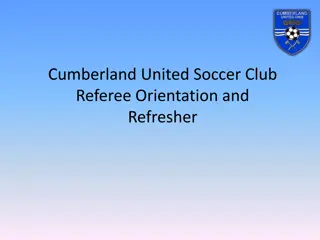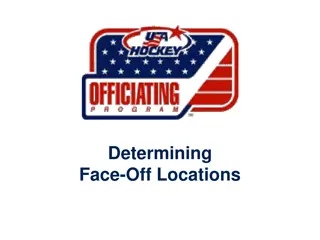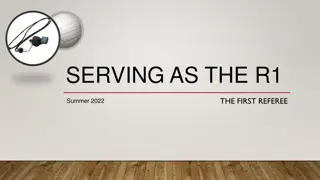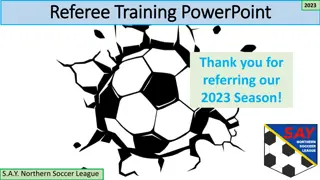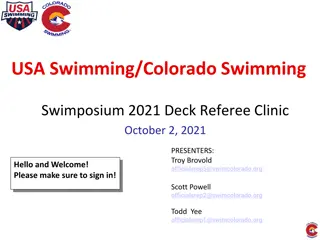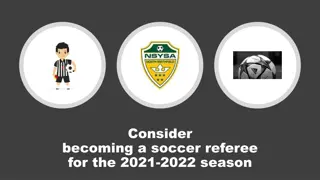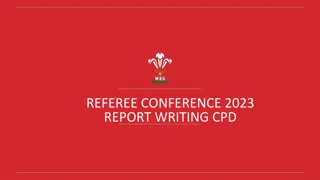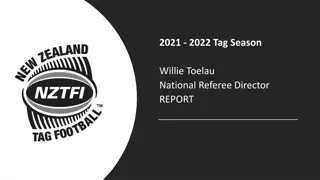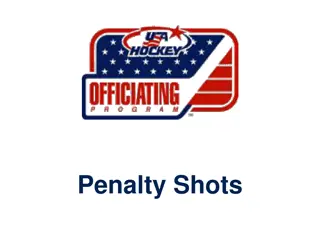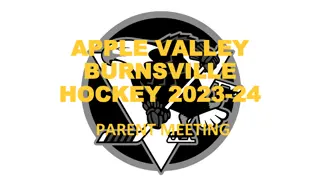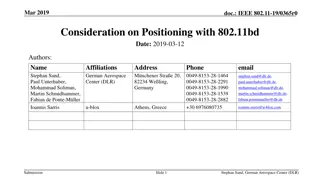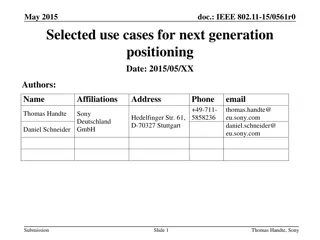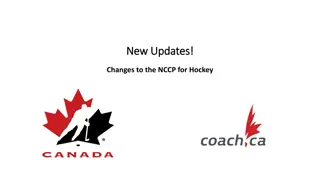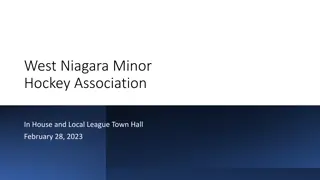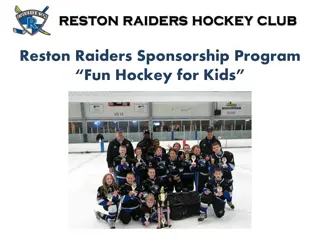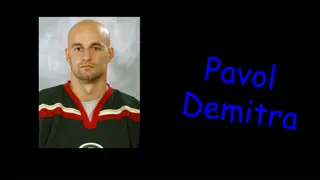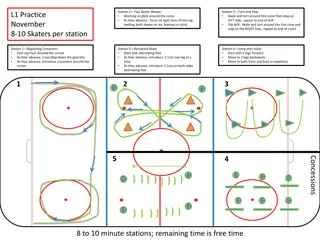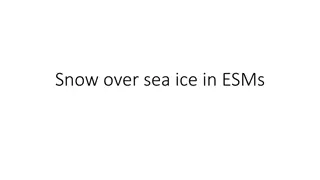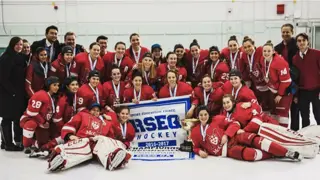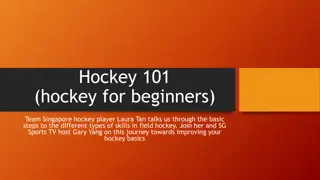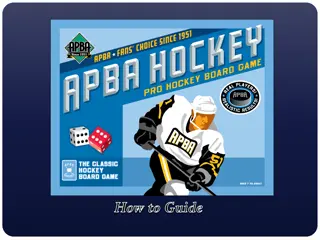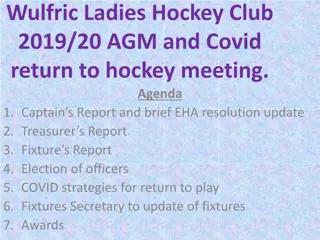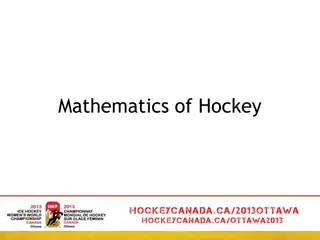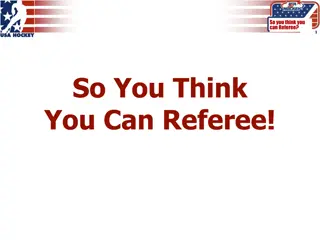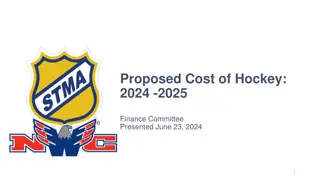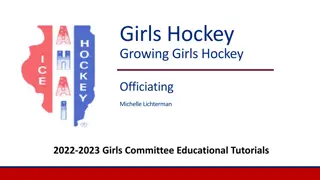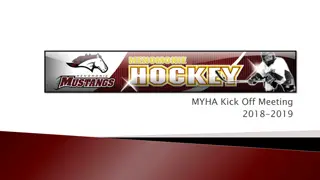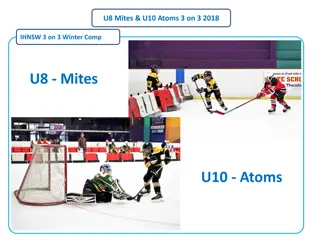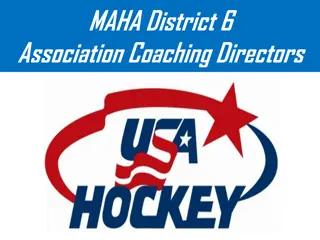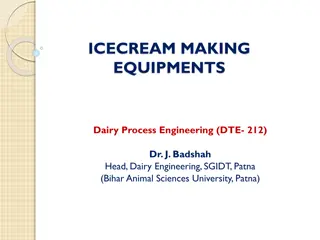Ice Hockey Referee Positioning Guide
This guide provides detailed instructions on the positioning and movements of a referee during an ice hockey game. Covering aspects such as face-offs, play following, end zone positioning, and face-off positioning, it offers valuable tips for effective officiating. Illustrative images accompany the text for better understanding and implementation on the ice.
Download Presentation

Please find below an Image/Link to download the presentation.
The content on the website is provided AS IS for your information and personal use only. It may not be sold, licensed, or shared on other websites without obtaining consent from the author. Download presentation by click this link. If you encounter any issues during the download, it is possible that the publisher has removed the file from their server.
E N D
Presentation Transcript
Referee Position: 3 Official System
Starting The Game Center ice face-offs Beginning of game: Face the timekeeper Conduct face-off Back toward side boards keeping play in field of vision
Positioning : Following Play Play moves from Neutral Zone to End Zone Follow play 15-20 feet behind Stay along boards (5-10 feet) when play is on own side of rink Move only when path is clear Play in Neutral Zone ( transitional play ) Skate slowly until play takes a definite direction Stop and observe play whenever possible Use a wide open field of vision to read play Play reverses direction Stop along boards and allow play to pass Follow at the recommended distance
10-15 ft. Play
Positioning in the End Zone and on the Goal Line Skate into End Zone Skate hard into end zone No coasting keep feet moving Get to the goal line quickly, but only when path is clear Never cut through face-off spot Proper use of home base Easy to move toward goal when shot on goal Easy to move back back to corner when play moves to the referee s side Following play out of the zone Maintain proper distance Wait on goal line until the play definitely leaves the zone
Pla y
Positioning During Face-Offs Neutral Zone face-offs Closer to the nearest goal, opposite side of ice Out 15 feet from boards 30 degree angle End Zone face-offs On goal line opposite side of ice At home base Ready position After Goals Face players benches
Face-Off Neutral Zone Face-off
Face-Off End Zone Face-off
Line Change Procedure In an effort to give the benches the best view of the line change procedure, the Referee is encouraged to move outward into the end zone face-off circle to conduct the procedure, and upon completion, take up her position at the piston position.
In order to give the benches the best view, the Referee is encouraged to move into the end zone face-off circle, and then take up her position at the piston position. Upon completion of the face-off procedure, the Referee returns to the half piston position Half Piston
Penalty Procedure Reporting at Penalty Box The Referee must ensure that the off-ice official has the information Referees are encouraged to stop and report the penalty, however there should not be any undue delay which could lead to confrontation between the penalized player and the Referee. There may be times when the Referee will want to keep moving and make the stop very short, if at all. In minor hockey, the Referee should have at least one skate in the referee crease.
Penalty Procedure Reporting at Penalty Box There may be times when the Referee will want to keep moving and make the stop very short, if at all. The Referee must be aware of all the players when skating to the penalty box to report a penalty
Icing Procedure Whenever possible the Referee should get behind all or as many of the players on the ice as possible to follow them up ice. This will allow the Referee to keep everyone in front of him and allow him to witness any possible or further infractions. Referee should be in the area where the majority of the players are.
